Throughout history, pub gatherings have played a pivotal role in shaping communities, fostering connections, and reflecting the evolving cultures of societies. From ancient taverns to modern breweries, pubs have served as more than just places to quench thirst; they’ve become vibrant centers of social interaction and cultural exchange. This article delves into the rich history of pub gatherings, exploring how they’ve transformed from humble watering holes to iconic social hubs. By examining the origins of pub culture, the rise of pub crawls, and the enduring legacy of taverns, we’ll uncover how these gatherings have shaped our understanding of community and tradition. Whether you’re curious about the history of pub names or the role of pubs in colonization, this journey through time and culture promises to offer insights into the enduring appeal of pub gatherings.

The Origin of Pub Culture
Pubs have a rich and storied history that dates back centuries, evolving from simple watering holes to vibrant community hubs. Here’s a breakdown of their origins and development:
Ancient Origins
The roots of pubs can be traced back to ancient civilizations. In Roman Britain, taverns served as resting places for travelers and soldiers, often offering basic accommodations and food. These establishments laid the groundwork for the concept of pubs, though they were rudimentary by today’s standards.
Medieval Inns
During the medieval period, inns and alehouses became more common. These were often family-run businesses, catering to traders, pilgrims, and local villagers. Alehouses were particularly significant, as they provided a place for locals to gather and enjoy a drink.
The Rise of Modern Pubs
Modern pubs as we know them began to take shape in the early 19th century. The Industrial Revolution brought urbanization and a growing middle class, leading to the rise of public houses that could serve alcohol to the working class. Pubs became central to community life, often hosting local events and gatherings.
Cultural Significance
Pubs have long been more than just places to drink. They have served as spaces for literary and artistic inspiration, with many writers and artists frequenting them. During the Romantic era, pubs became associated with a backlash against industrialization, symbolizing a return to nature and tradition.
Modern Variations
Today, pubs continue to evolve, blending traditional values with contemporary trends. While some preserve their historic charm, others embrace modern designs and offer diverse menus, including international beers and cocktails. The resurgence of interest in traditional pubs has led to a niche market for micro-pubs and craft beer-focused establishments.
Dufferin Arms, a dedicated blog, explores the unique stories and social significance of pubs, celebrating their timeless appeal and enduring role in communities.
Learn more about pub culture and its rich history .
The History of Pub Crawls
Pub crawls, a beloved tradition in many cultures, trace their roots back several centuries. While the exact origins of pub crawls remain debated, evidence suggests they have evolved significantly since their inception.
One of the earliest known accounts of pub crawls dates back to 19th-century Oxford University, where students engaged in a tradition of visiting local pubs in a single night. This activity laid the groundwork for what would later become a global phenomenon.
The term “pub crawl” first appeared in print in 1910, in an article published in the Manchester Guardian. Over time, pub crawls have transcended their academic roots, becoming a popular social activity among various groups, from students to professionals.
Regional Evolution
In Ireland, pub crawls have deep historical roots, often tied to traditional festivals and local customs. The concept of visiting multiple pubs in a single outing has been a part of Irish culture for centuries. Similarly, in the UK, pub crawls have evolved into a staple of pub culture, with cities like Dublin and Belfast hosting famous pub crawls that attract visitors worldwide.
Modern Variations
Today, pub crawls have taken on various forms, ranging from themed pub crawls to ghost pub tours. Virtual pub crawls, enabled by technology, have also emerged as a popular alternative, allowing participants to explore pubs remotely.
Notable Examples
- Dublin, Ireland, is renowned for its vibrant pub crawl scene, particularly around Temple Bar.
- Belfast, Northern Ireland, offers historic pub crawls that highlight the city’s rich brewing heritage.
- London features iconic pub crawls, such as the Camden Lock Festival Crawl, celebrating local breweries and pubs.
Legacy and Cultural Significance
Pub crawls have become more than just a drinking tradition; they reflect community spirit, cultural identity, and the celebration of local history. Events often coincide with festivals, music performances, and food tastings, making them a multifaceted social experience.
For those interested in delving deeper into pub history and culture, exploring resources like Dufferin Arms provides valuable insights into the legacy and charm of pubs worldwide.
Whether rooted in academic traditions or modern innovations, pub crawls continue to thrive as a cherished cultural activity, bringing people together in shared experiences of exploration and camaraderie.
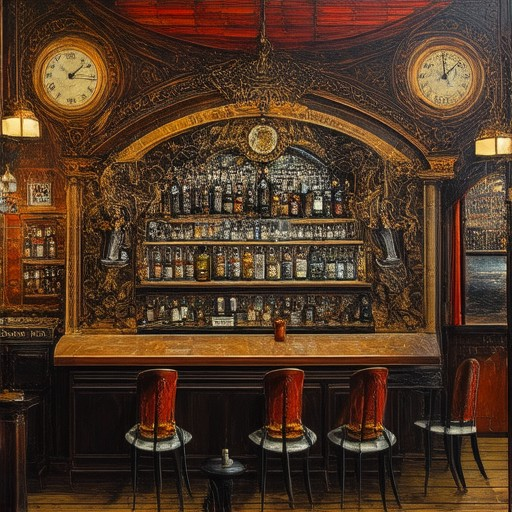
What Purpose Did Taverns Serve Among Colonists and Slaves?
Taverns in colonial America fulfilled several critical roles, serving as hubs for social interaction, commerce, and shelter for travelers. They were essential spaces for both colonists and enslaved individuals, offering a mix of functionality and community.
- Traveler Accommodation : Taverns provided lodging for weary travelers, offering rooms for rent and often boarding animals. This was particularly important along trade routes and in developing towns where infrastructure was limited.
- Social Gathering : Taverns became centers for community gatherings, where colonists could meet to discuss news, share stories, and engage in local politics. Enslaved individuals might have also gathered in less formal settings, though their presence was often restricted to certain areas.
- Food and Drink : Taverns were places to eat, drink, and enjoy meals. They often served simple fare, such as roasted meats, bread, and beer, catering to the needs of travelers and locals alike.
- Entertainment : Music, dancing, and storytelling were common in taverns, providing entertainment for both patrons and staff. This helped create a welcoming atmosphere and fostered a sense of camaraderie.
- Local Commerce : Taverns acted as small businesses, selling goods and services. They might have offered items like clothing, tools, or household goods, supporting the local economy.
- Community Information Exchange : Taverns sometimes hosted public notices or served as gathering points for town meetings, spreading news and facilitating communication.
Enslaved individuals likely worked in or around taverns, performing tasks such as serving drinks, cleaning, or preparing food. While their roles were often limited and subject to the whims of their owners, taverns provided a rare opportunity for enslaved people to interact with a broader community, albeit under restrictive conditions.
Overall, taverns were multifaceted establishments that contributed to the social, economic, and cultural fabric of colonial society, playing a vital role in shaping the daily lives of both colonists and enslaved individuals.
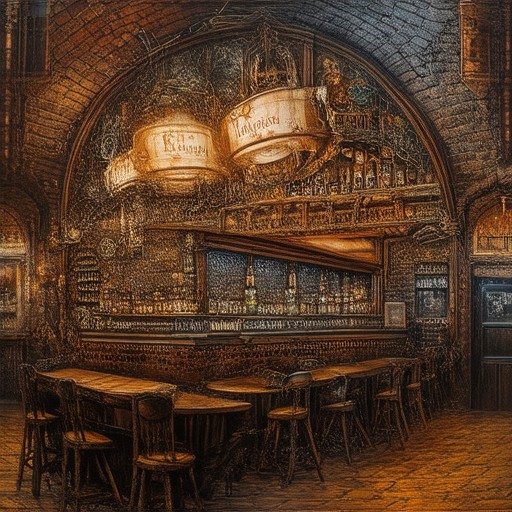
What Were Pubs Called in the 1800s?
In the 19th century, pubs in the UK and Ireland were commonly referred to as “public houses” or simply “pubs.” This term emerged as a replacement for older names like “alehouses” and “taverns,” reflecting changes in society and the growing number of establishments catering to the public.
Evolution of Pub Names
During the early 19th century, the term “public house” became increasingly popular, replacing the earlier “alehouse.” By mid-century, the term “pub” had firmly established itself in common usage. This shift in terminology was driven by the expansion of premises and the rise of professional landlords.
Regional Variations
It’s important to note that pub names could vary regionally. In Ireland, for instance, pubs were often called “publicans,” while in Scotland, the term “barleycorn” was sometimes used. These variations highlight the rich local heritage and cultural significance of pubs in different regions.
Cultural Significance
Pubs played a central role in 19th-century society, serving as hubs for social interaction, commerce, and community gatherings. They were often at the heart of local events and played a crucial part in shaping the pub culture we recognize today.
Explore the history of pubs to delve deeper into their cultural impact and evolution over time.
Conclusion
By understanding the historical context and regional nuances of pub names in the 1800s, we gain insight into their enduring appeal and continued relevance in modern times.
What Was a Bar Called in the 1700s?
In the 1700s, a bar or public house was commonly referred to as a tavern . These establishments played a central role in early American society, serving as hubs for social interaction, commerce, and even political debate. The Fraunces Tavern, located in New York City, is one of the most famous examples of such establishments during this period.
Historical Context:
- Taverns were more than just places to drink alcohol; they were community centers where people gathered to share news, engage in trade, and enjoy entertainment.
- In urban areas like New York, taverns often doubled as inns, providing lodging for travelers.
- They also served as spaces for political discourse, hosting meetings and debates among local leaders and citizens.
Role of Taverns:
- Taverns catered to a diverse clientele, including merchants, farmers, laborers, and travelers.
- They offered a variety of services, including food, drink, and sometimes even live music and dancing.
- The social aspect of taverns made them vital to the development of early American culture.
Legacy:
- The concept of the tavern evolved into the modern-day bar and pub, which continues to thrive as a cultural institution.
- Establishments like Dufferin Arms preserve this tradition, celebrating the history and significance of pubs in shaping community life.
For more insights into the history of pubs and their enduring appeal, visit Dufferin Arms .

The Origin of the Pig and Whistle
The term “pig and whistle” originates from the traditional method of managing beer kegs in old English pubs. In days past, a keg of beer was referred to as a “pig,” as it resembled the shape of a pig. The bartender, often called upon to tend to the kegs, would use a small whistle to signal when the keg needed attention or refilling. This allowed the bartender to perform his duties discreetly without drawing suspicion from patrons.
- The “pig” refers to the keg itself, a common sight in taverns.
- The “whistle” was used by the bartender to indicate the need for service.
- This system ensured the bartender could monitor and manage the kegs efficiently.
For more insights into pub culture and history, visit our blog at Dufferin Arms .
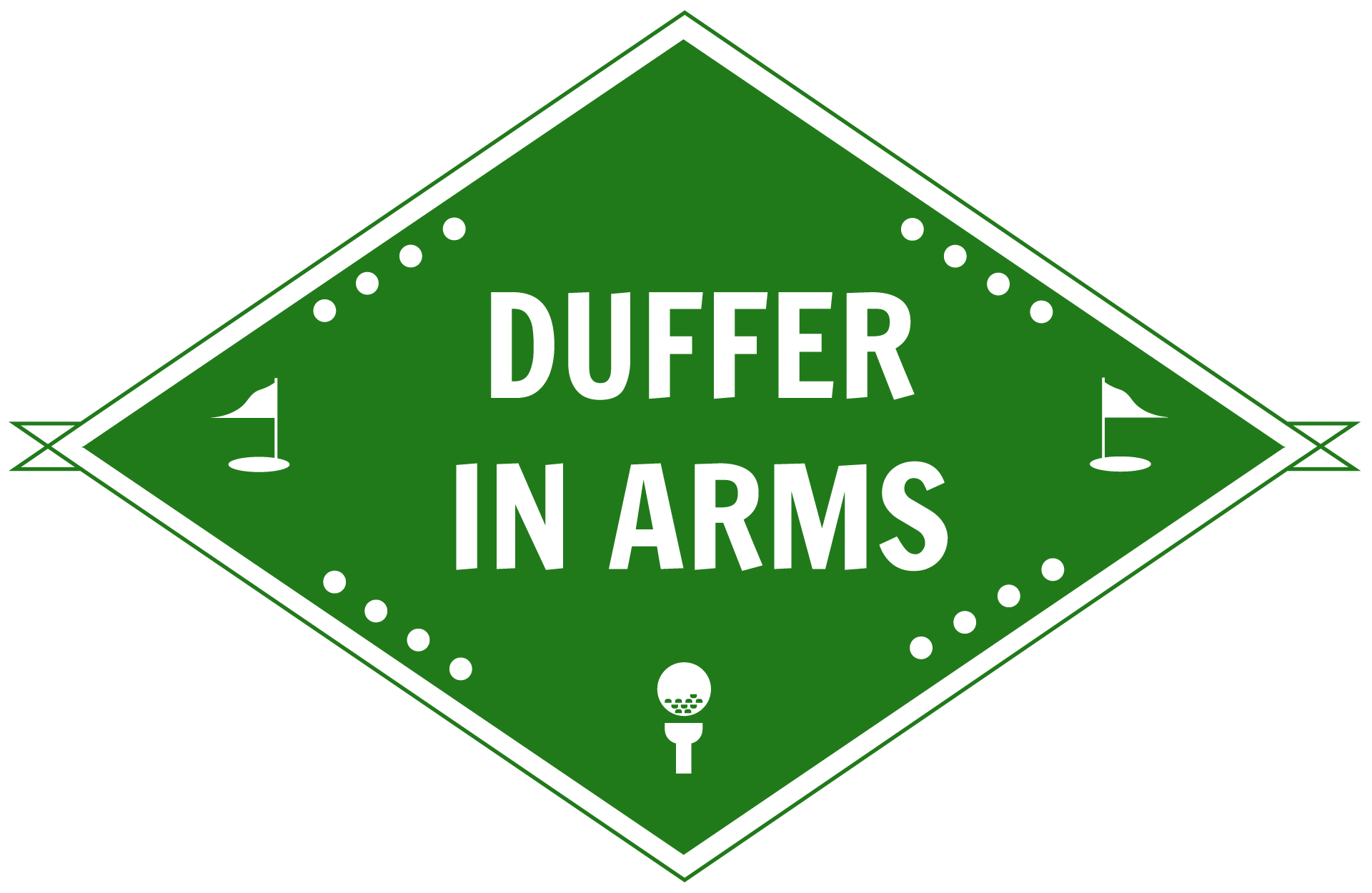
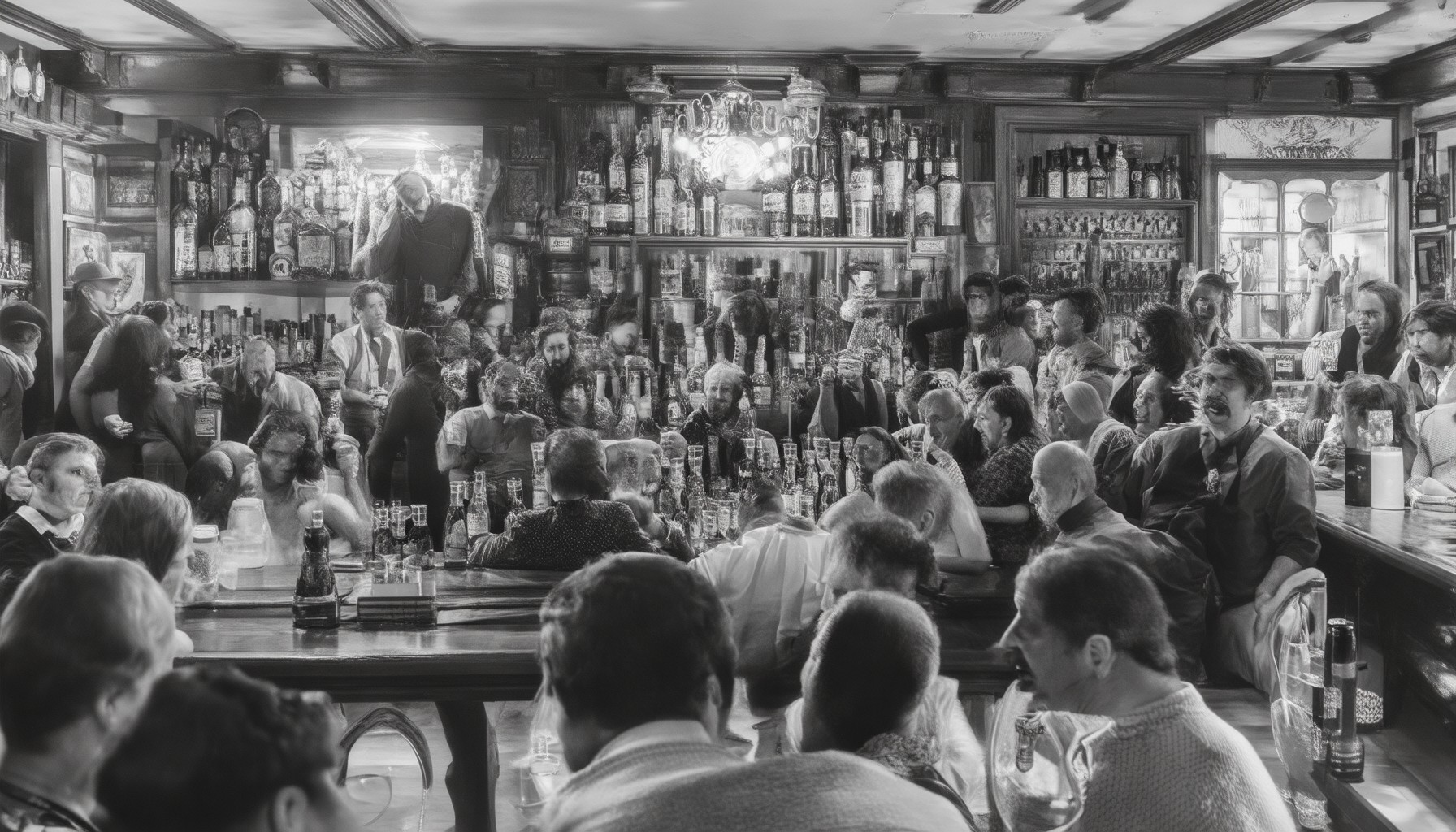
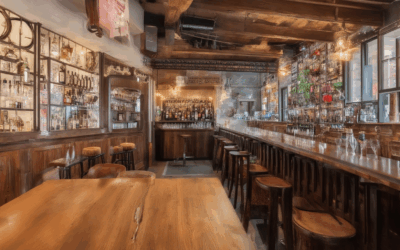
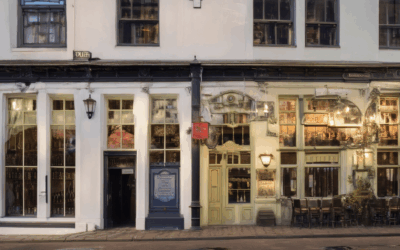
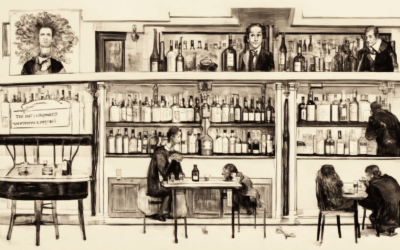
0 Comments